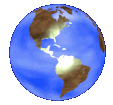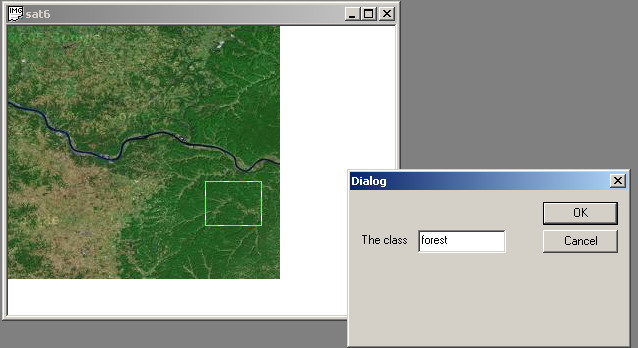


 |
 |
 |
|
Home |
The Problem |
The Presentation |
The References |
 |
The Solution |
 |
|
|
|
Solution 2. - Histogram
matching II.
Differences from Histogram Matching I.
Convert the histograms to a greyscale. (Y=0,299 R+0,587
G+0,114 B)
|
|
|
|
|
|
|
|
|
Solution 4. - Texture-based recognition
Features used:
average edge frequency (density)
D = no_of_edge_pixels/total_no_edge_pixels
average edge contrast
E(d) =Sumi,j(|f(i,j)-f(i+d,j)| + |f(i,j)-f(i,j+d)|+|f(i,j)-f(i-d,j)|+|f(i,j)-f(i,j-d)|)
GLCM
CD (g1, g2) = #{((x,y), (x’,y’)): f(x,y)=g1, f(x’,y’)=g2, x=x’+dxi y=y’+dyi}
GLCM (Gray Level Cooccurrence Matrix) homogeneity

GLCM (Gray Level Cooccurrence Matrix) entropy
Entropy = - ∑∑ p(i, j)log p(i, j)
i j
GLCM (Gray Level Cooccurrence Matrix) variance
Variance = ∑∑ (i - μ)2 p(i, j)
i j
GLCM (Gray Level Cooccurrence Matrix) energy
Total_energy= ∑∑ (p(i, j) )2
i j
Step 1. Learning
Select a known region int the image (forest mountains or water)
Compute GLCM features and edge-based features
Store the feature vector in the training set for the corresponding class
Step 2. Recognition
Select an unknown area in the image in order to classify it: forest mountains or water
Compute the GLCM features and the edge-based features
Compare the feature vectors with the data int he training set: euclidean distance
Use the k-nn method and decide the class

| Top |
Home |